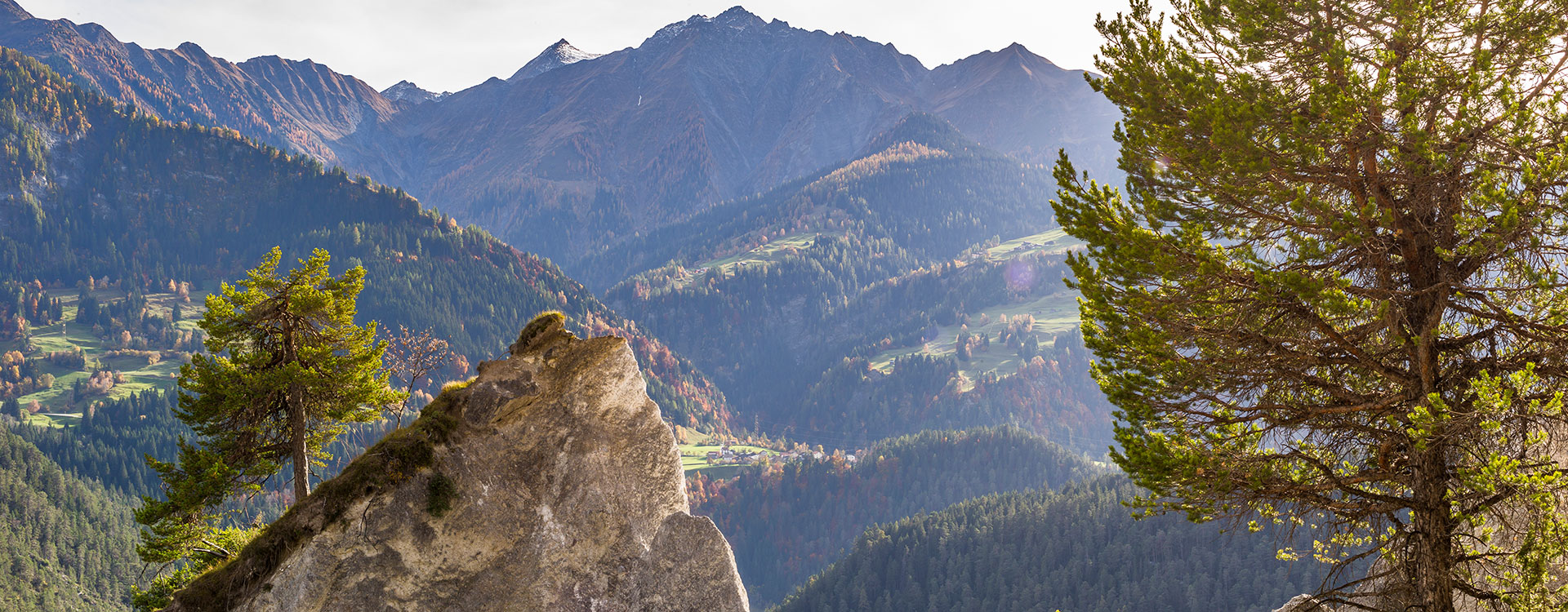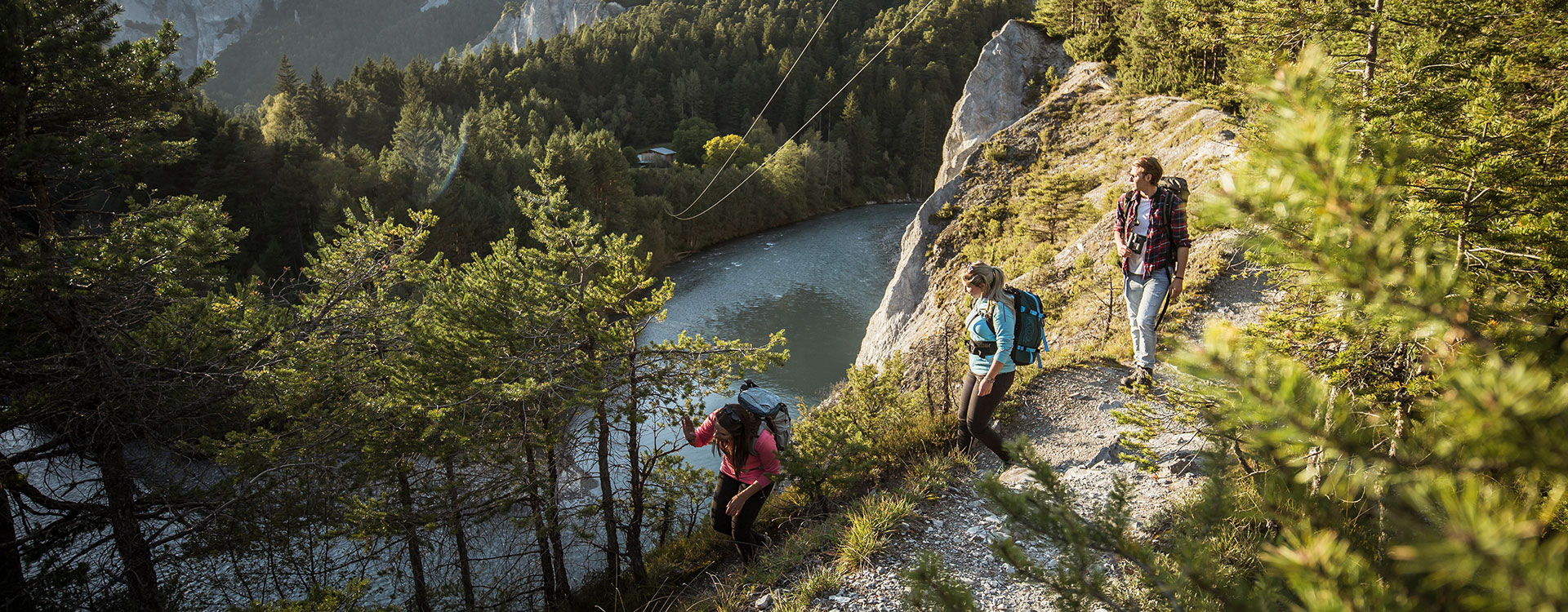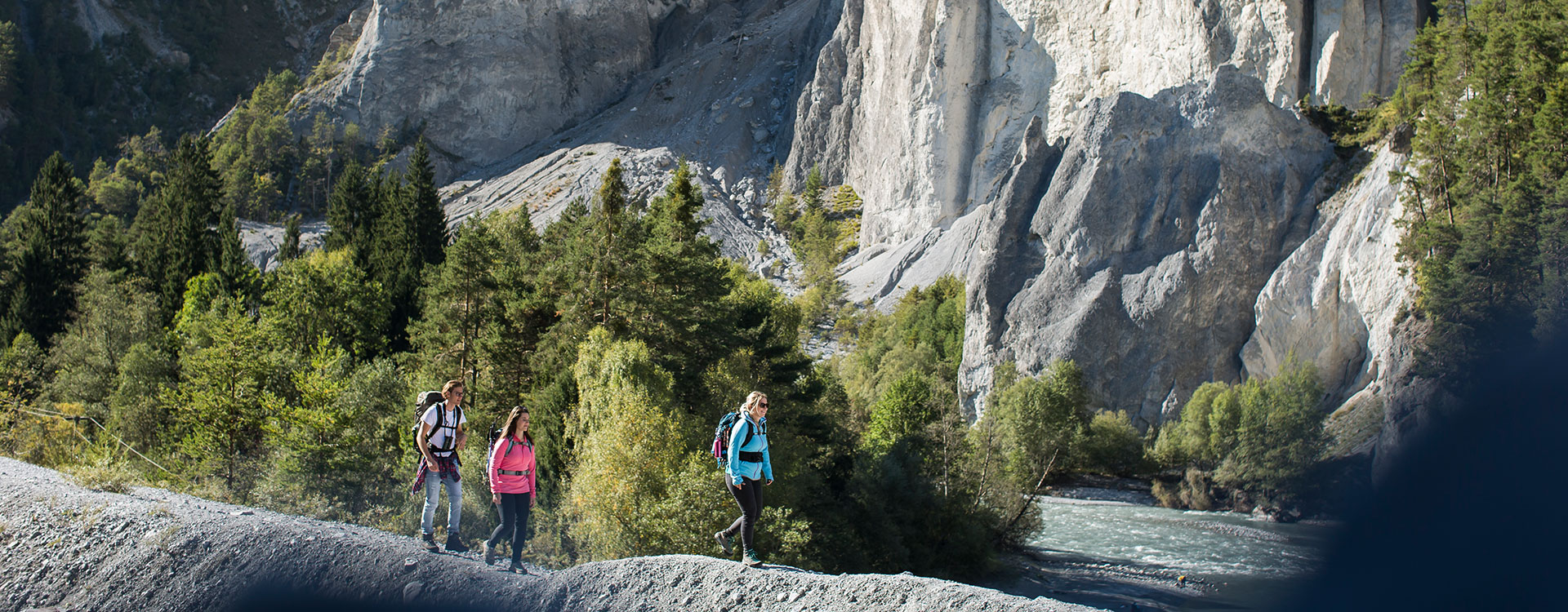hiking gear
Hiking gear: what do you really need?
When you’re planning a hike, it’s not just all about the weather or choosing the right route and guide. Having the right hiking gear is also very important. The right hiking clothes and appropriate hiking accessories can be vital for your safety and enjoyment on a hiking trip. Whether it’s a day trip or a longer hike, there are a few things that need to be on your hiking gear checklist. We’ve put together a few of the main things here to help you plan your trip. If you need more information or some tips from the pros, the team in the shops in Flims, Laax and Falera would be happy to help you further.
Hiking gear: what do you really need?
Let’s not beat around the bush here. The following items are must-haves on your hiking gear checklist.
Hiking clothes
When it comes to the right hiking clothes, we recommend the three-layer approach. The bottom layer, or inside layer, consists of functional underwear, made from breathable material, and quickly transports sweat away from the body. Depending on the weather conditions and altitude, choose long underpants in addition to a vest. Your hiking gear should also include hiking socks. They are very useful, as conventional socks can often result in pressure marks and blisters.
The second layer of your hiking clothes is the thermal layer. Depending on your preferences and on the weather, pack a down or fleece jacket as well as water-repellent hiking trousers. Hiking trousers with a zip-off function are useful in case of changing temperatures. They can be easily transformed into shorts by removing the trouser legs.
You might not necessarily need the thermal layer during summertime, but the weatherproof layer should be in your backpack on every hike. A hardshell or wind-repellent rain jacket is one of the most important parts of your hiking gear, as the weather in the mountains can change quickly.
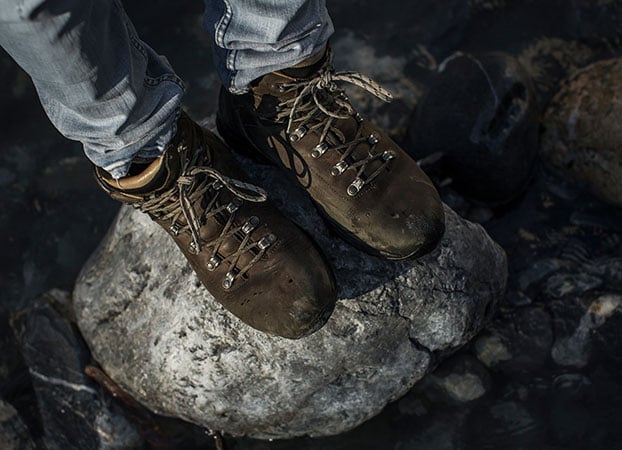
Hiking gear
Out of all your hiking gear, strong hiking boots are the number-one item. Standard running shoes do not provide the necessary grip on rough terrain and quickly get wet. So invest in a pair of good hiking boots. Depending on the type of hike you are doing, we recommend either a softer, lighter boot (for easy hikes on marked hiking trails) or a harder, higher boot (for alpine hikes with snow and off-trail terrain).
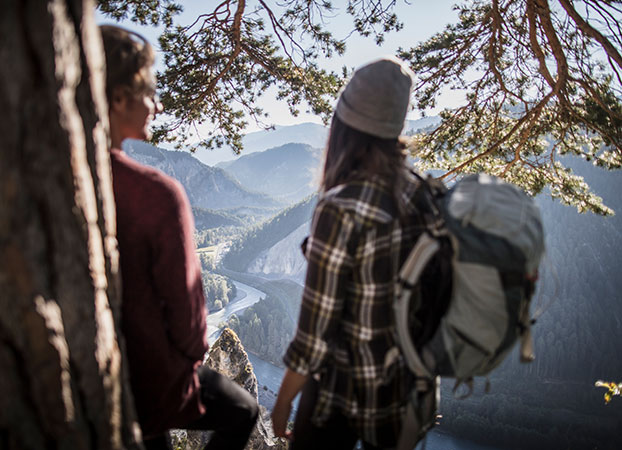
We also recommend a good backpack. Backpacks come in various different sizes: if you can, try out which one fits best on your back. A good hiking backpack should also be breathable on your back, it should have waist straps to relieve some of the weight from your shoulders, and it should have practical storage compartments.
Another hiking gear tip is to use trekking poles. They make it easier to walk on rough terrain, allow you to get good grip in wet areas and ensure even impact on your muscles. It depends on your personal preferences whether or not you wish to use trekking poles.
Also, don’t forget to pack your cable-car ticket in your hiking gear. This will get you up the mountain much more easily.
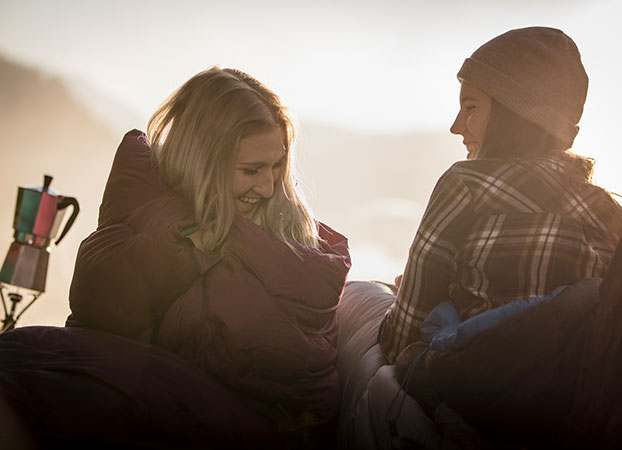
Hiking accessories
With your clothes, boots and backpack, your hiking gear is now pretty much complete. You may well wonder: ‘What else can you need?’ Along with ample water and food supplies, we recommend packing a Swiss army knife, rain cover and tissues as further hiking accessories. Good maps are also essential, particularly for unmarked and off-trail hikes. You should also think about your health, and make sure to bring sunscreen and blister plasters as well as a first aid kit with you on your hike.

